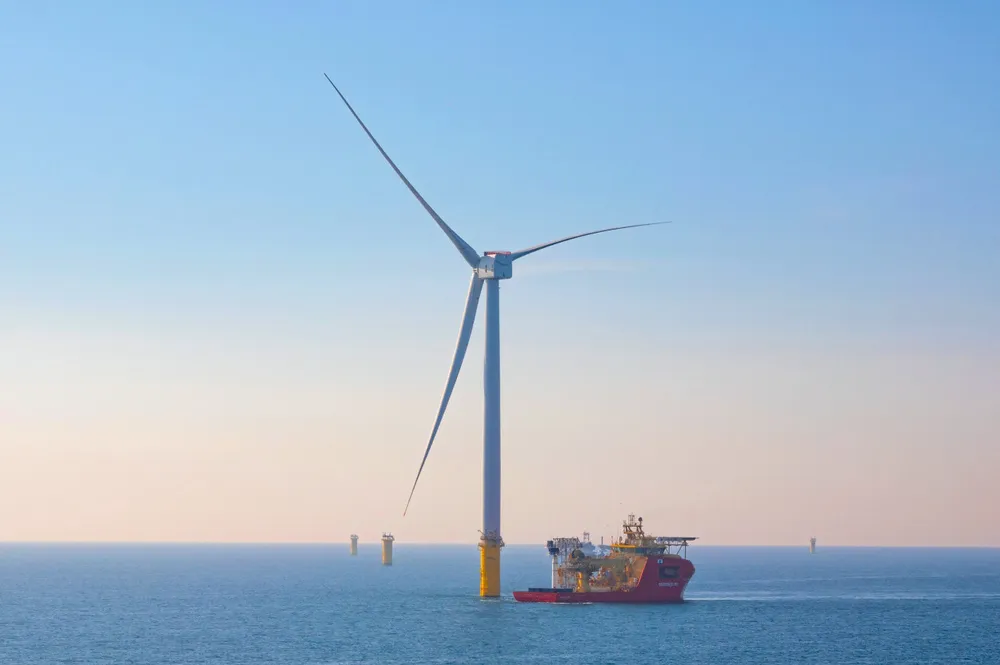Developers scrap plan to produce green hydrogen at world's largest offshore wind farm
SSE and Equinor now say proposed fourth phase at UK's Dogger Bank would be used for grid electricity and possible interconnection with mainland Europe

SSE and Equinor now say proposed fourth phase at UK's Dogger Bank would be used for grid electricity and possible interconnection with mainland Europe
